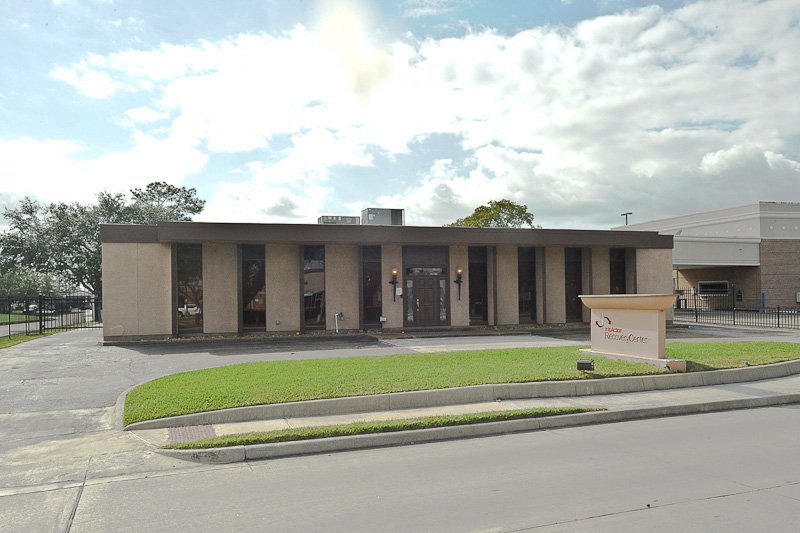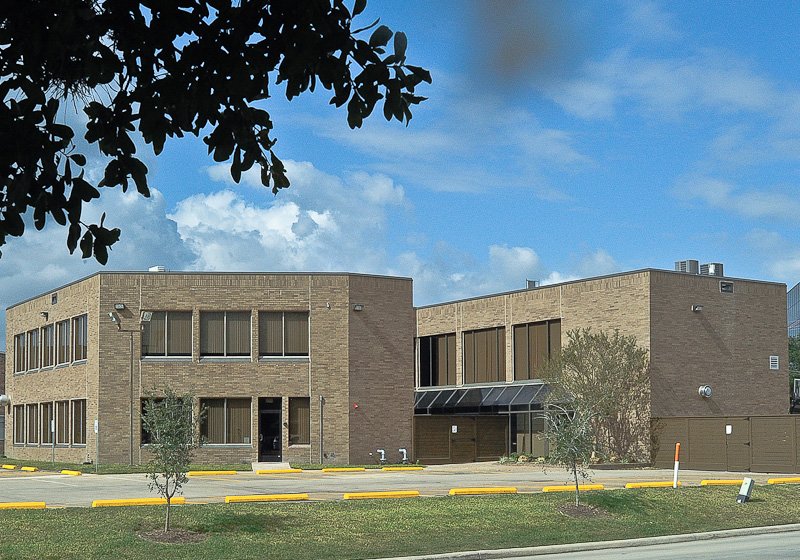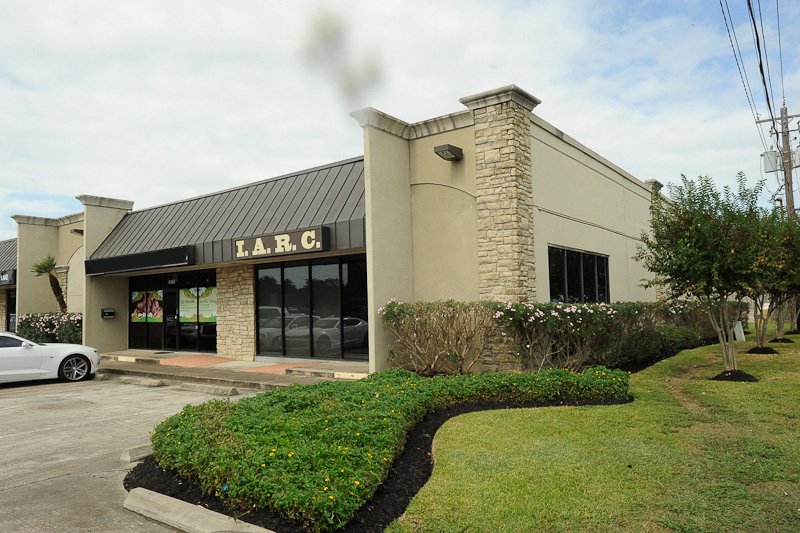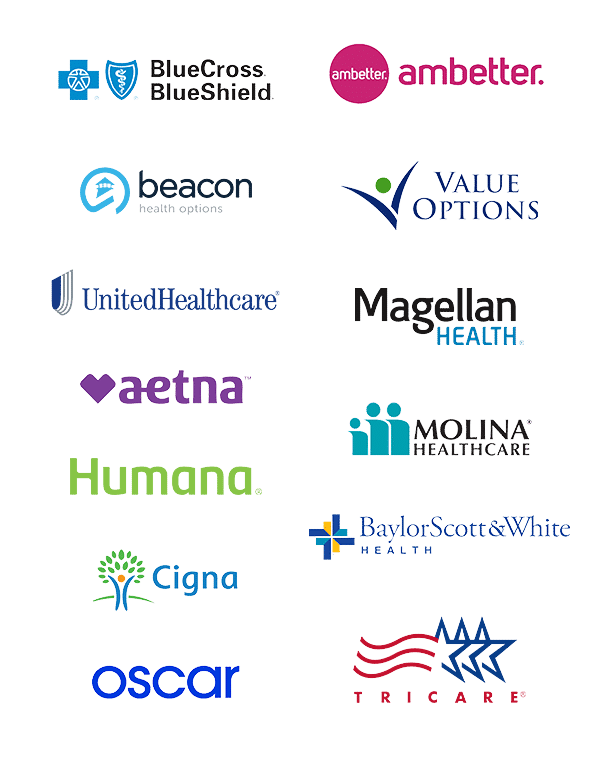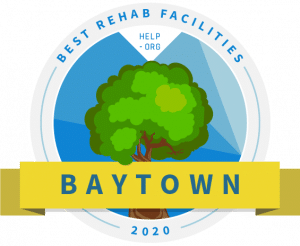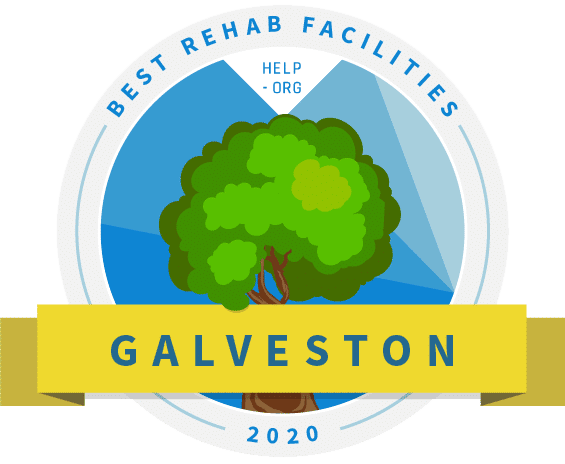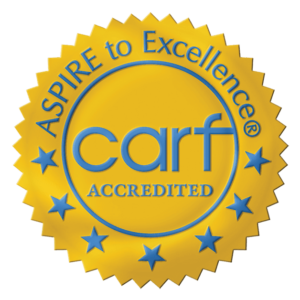At Into Action Recovery we have seen an increase in patients we treat with opioid addiction from less than 20% in 2009 to almost 50% in 2016. Our addiction treatment programs are personalized to treat the unique challenges faced by individuals with opioid addiction. We offer a range of drug rehabilitation options, from long-term residential programs to outpatient treatment and support programs. Regardless of which option you choose, our focus is you and your customized path to sobriety, whether you are seeking treatment on your own or for court-ordered rehab.
Signs and Symptoms of Opioid Use
The terms “opiates” and “opioids” are often used interchangeably. The concept of “opiates” includes drugs naturally derived from the active narcotic components of the opium poppy, whereas the “opioid” label includes synthetic and semi-synthetic drugs and is usually used in reference to prescription drugs.
Opioids are drugs often prescribed by doctors to treat persistent or severe pain. Typically, doctors prescribe these drugs for patients with chronic toothaches, headaches, backaches, or surgical pain. They’re also prescribed for cancer patients dealing with intense pain levels. Though most opioids are legal, not all are. Heroin, for example, is an illegal opioid drug.
Whether they are legal or illegal, opioids are highly addictive. In fact, approximately 130 Americans die every day from an opioid overdose and an estimated 2 million people aged 12 and older had an opioid use disorder in 2018. For this reason, it’s critical that we learn the signs and symptoms of opioid use.
Physical signs and symptoms of opioid abuse include:
- Flu-like symptoms
- Slurred speech
- Poor coordination
- Shallow breathing
- Nausea and vomiting
- Droopy eyes
- Scratching and picking skin
- Unexplained weight loss
Emotional and behavioral signs of opioid abuse include:
- Inability to control opioid use
- Uncontrollable cravings
- Sleeping less or more than normal, drowsiness
- Isolation from family and friends
- Abandoning responsibilities
- Euphoria followed by depression
- Decreased motivation
- Irritability
- Mood swings
- Physical agitation
- Secrecy
- Stealing
- Loss of interest in activities once enjoyed
How Opioids Affect the Brain and Body
When they enter the bloodstream, opioids attach to opioid receptors in the brain, spinal cord, gut and other parts of the body. By binding to these receptors, opioids block the body’s pain signals, which diminishes the perception of pain. At the same time, opioids release chemicals that produce pleasure. This “rush” of dopamine makes users feel euphoric.
Over time, the brain becomes accustomed to opioids. Instead of relying on its natural pain-relieving chemicals, the brain begins to rely on opioids. As the brain’s tolerance increases, users need higher doses of opioids to feel the same effects.
Users’ initial pain thresholds decrease while their sensitivity to pain increases. Eventually, users need higher and higher dosages of opioids just to feel normal, leading to the cycle of addiction. Ultimately, opioids can also change the brain’s prefrontal cortex and medial temporal lobe, resulting in memory loss, diminished decision making, and poor cognitive processing.
Opioids affect the physical body, as well. A depressant, opioids slow the body down. Users’ breathing can become dangerously slow. Digestion can weaken, causing constipation and nausea. Users can lose their sense of balance or struggle with nausea and vomiting.
Short-Term Physical Effects of Opioids Include:
- Drowsiness
- Headache
- Flushing
- Mental fog
- Constipation
- Itching
- Respiratory depression (slowed breathing)
- Lethargy
- Dry mouth
- Numbness
- Fatigue
- Loss of consciousness
Long-Term Physical Effects of Opioids Include:
- Irregular heartbeat
- Increased risk of heart attack
- Depression
- Irritable bowel syndrome (IBS)
- Severe abdominal pain
- Hormonal problems
- Weak bones and arthritis
- Irritability
- Hallucinations
- Anxiety
- Hypoxia, or the absence of enough oxygen in the tissues to sustain bodily functions
The Dangers of Taking Opioids
The powerful ability of opioids to ease pain is also what makes them so dangerous, leading to habit-forming behavior. Once the body and brain are dependent upon opioids, a user’s tolerance increases and their cravings for opioids spike. If opioid use continues, the cycle of addiction does, too. If a user stops using opioids, they will likely experience symptoms of withdrawal.
Patients prescribed opioids should pay close attention to how their body reacts to the medication. They should also notify their physician or anesthesiologist of any major changes or sudden cravings. It’s vital that opioid users stay in close contact with their physician while they are taking the medication, as well as when they choose to stop taking the drugs to ensure managed withdrawal.
Even when prescribed by a physician or anesthesiologist, opioids can be dangerous. Look at the following statistics of opioid abuse:
Statistics on Opioid Use
- Approximately 29% of patients prescribed opioids for chronic pain misuse them.
- An estimated 10.3 million people aged 12 and older in the United States misused prescription opioids in 2018.
- The age-adjusted rate of drug overdose deaths involving synthetic opioids other than methadone increased by 45% from 2016 to 2017.
- Approximately 130 people die every day from opioid-related drug overdoses.
- The prescribing rates for prescription opioids among adolescents and young adults nearly doubled from 1994 to 2007.
- In 2012, there were 259 million prescriptions written for opioids, which is more than enough to give every American adult their own bottle of pills.
Opioid Withdrawal: Signs and Symptoms
Whether individuals stop taking opioids on their own or during treatment, most experience opioid withdrawal. Sometimes, withdrawal symptoms begin to occur just hours after the last dose and can last for a week or more. Generally, withdrawal symptoms fall into two categories: early and late symptoms.
Early withdrawal symptoms usually start within 6 to 12 hours but can appear up to 30 hours after the last dose. Often, users experience these symptoms near the beginning of opioid withdrawal. They include:
- Uncontrollable crying
- Muscle aches
- Agitation
- Trouble falling and staying asleep
- Anxiety
- Runny nose
- Sweats
- Racing heart
- Hypertension
- Fever
Later withdrawal symptoms peak around 72 hours after the last dose and tend to last about a week. They include:
- Nausea and vomiting
- Goosebumps
- Stomach cramps
- Depression
- Cravings for more opioids
Treatment for Opioid Addiction
Opioid addiction treatment generally begins with detox. During Medically-supervised detox, which we provide here at Into Action Recovery Centers, users completely remove opioids from their body. Throughout the withdrawal period, our clinically-trained staff track clients’ vital signs such as blood pressure, respiratory levels, body temperature, and heart rate.
After completing detox, clients continue their recovery in inpatient or outpatient programs. Clients in inpatient programs live onsite at our residential rehab facility while receiving treatment. Outpatient clients receive treatment while continuing to live at home. Despite inpatient and outpatient differences, both addiction treatment programs include:
- Counseling
- Education
- Family and Individual Therapy
- Support Groups
- Medication as needed
Here at Into Action Recovery, we offer the following educational programs during our treatment programs:
- Cognitive Behavioral Techniques
- Motivational Interviews
- Relapse Prevention Education & Counseling
- Post-Trauma Intervention
- Life Skill Training
- Mindfulness Training
- Coping Skills Education & Counseling
Family Therapy and Relationship Counseling
In family therapy, clients and their families talk through their pain, devastation, and brokenness. Families also address questions and concerns about treatment, relapse and long-term recovery. But most importantly, family therapy gives families an opportunity to help heal what addiction tore apart. Relationship counseling helps couples, partners, friends and employers and employees mend their relationships.
Support Groups
We offer the following 12-step support groups:
Opioid addiction treatment takes time and dedication. It isn’t easy, but it isn’t impossible either. We are sensitive to the difficult recovery path for opioid addicts and our compassionate, experienced staff is here to provide personalized treatment and ongoing care throughout recovery.
Don’t hesitate to call our offices at 844-303-3969 if you, a friend or a loved one are dealing with opioid addiction.

